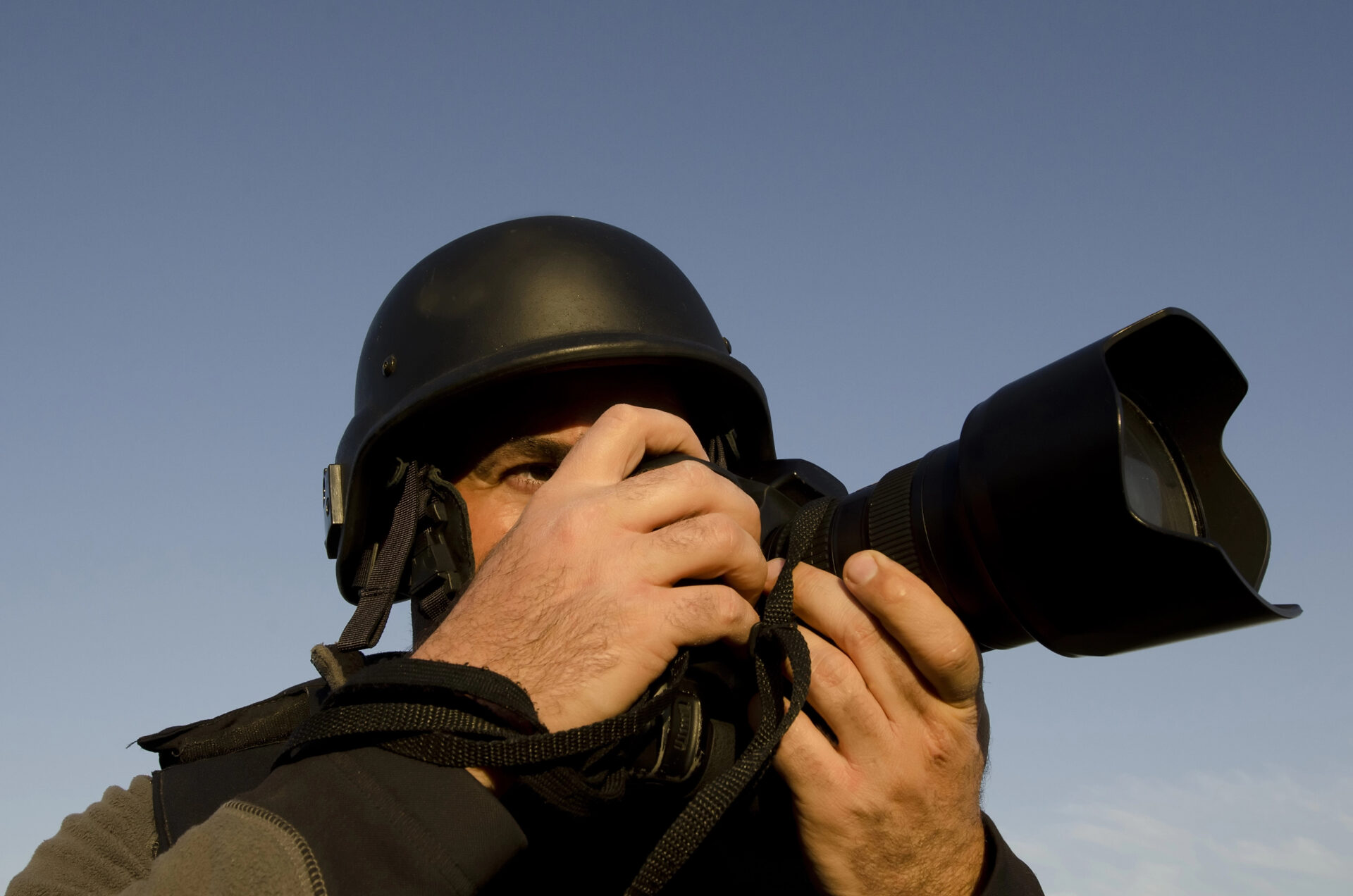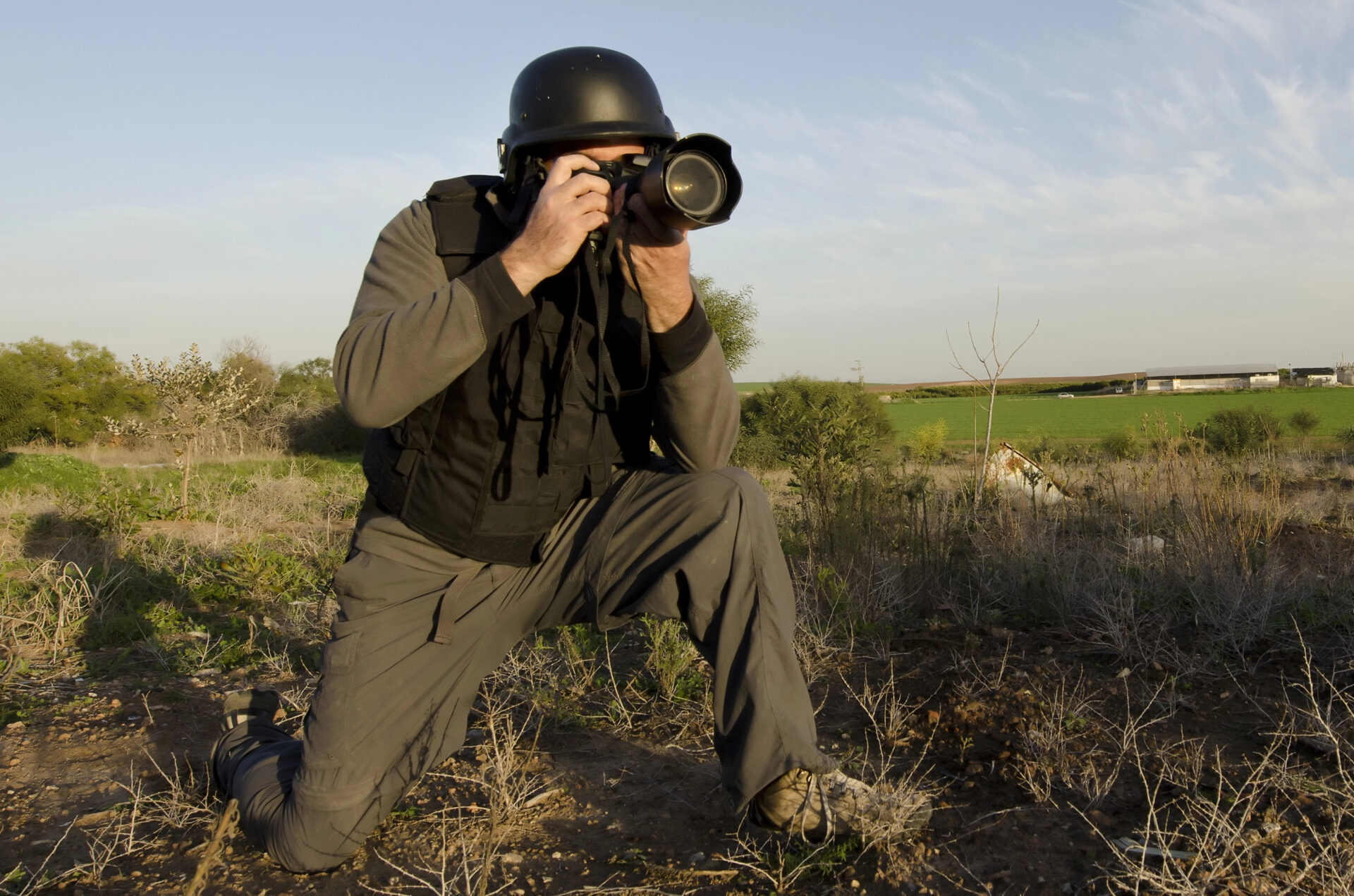
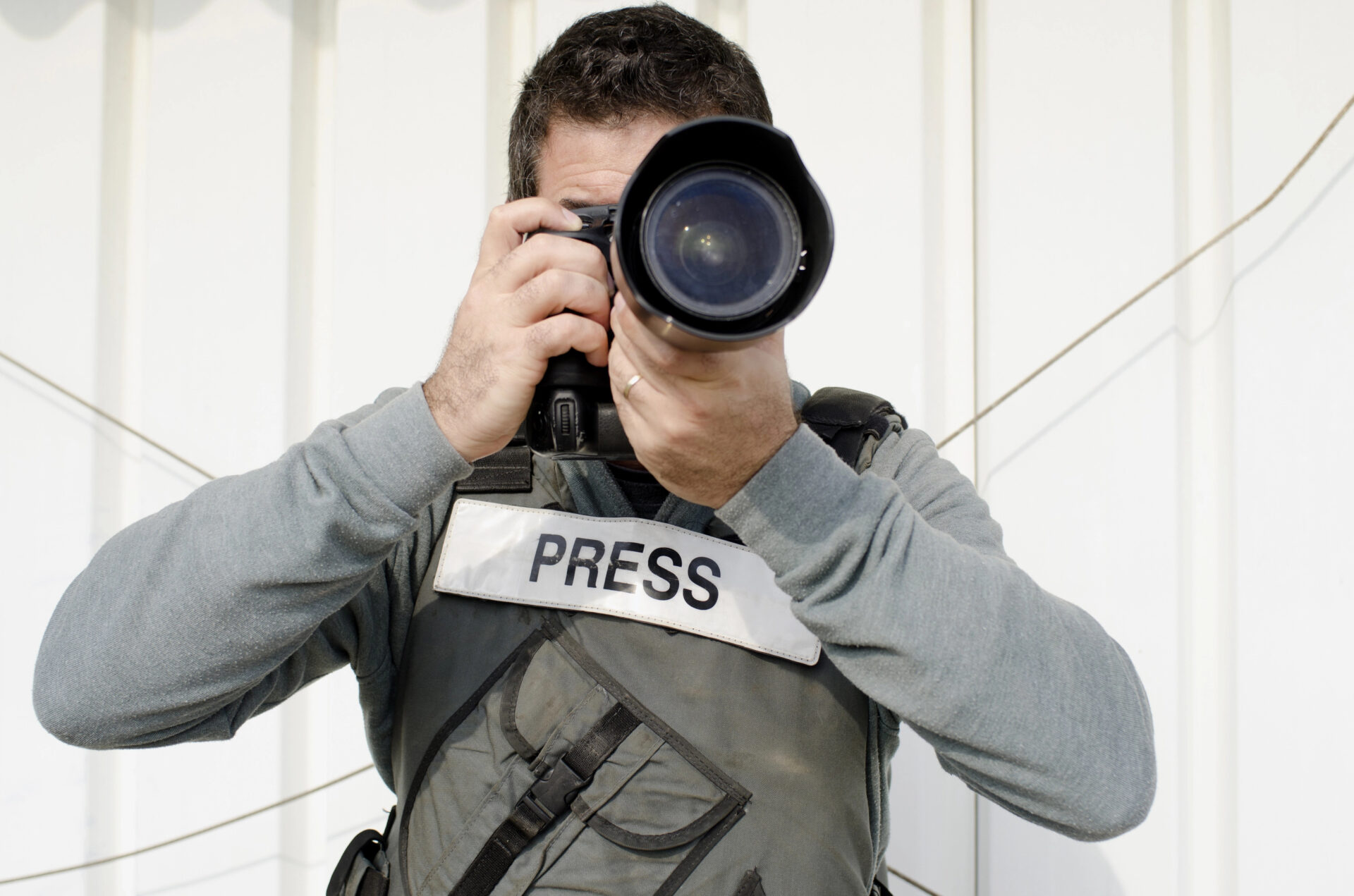
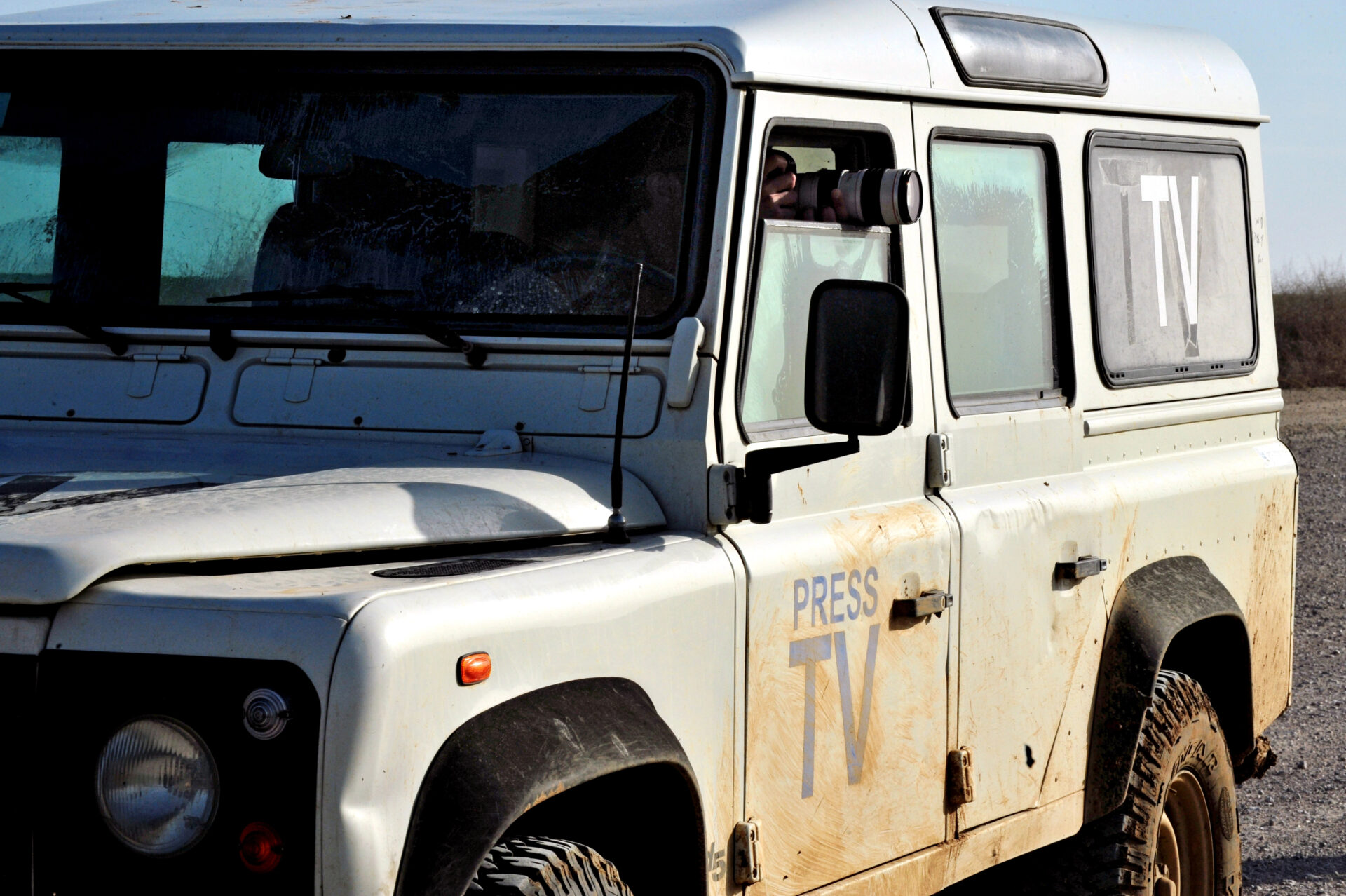
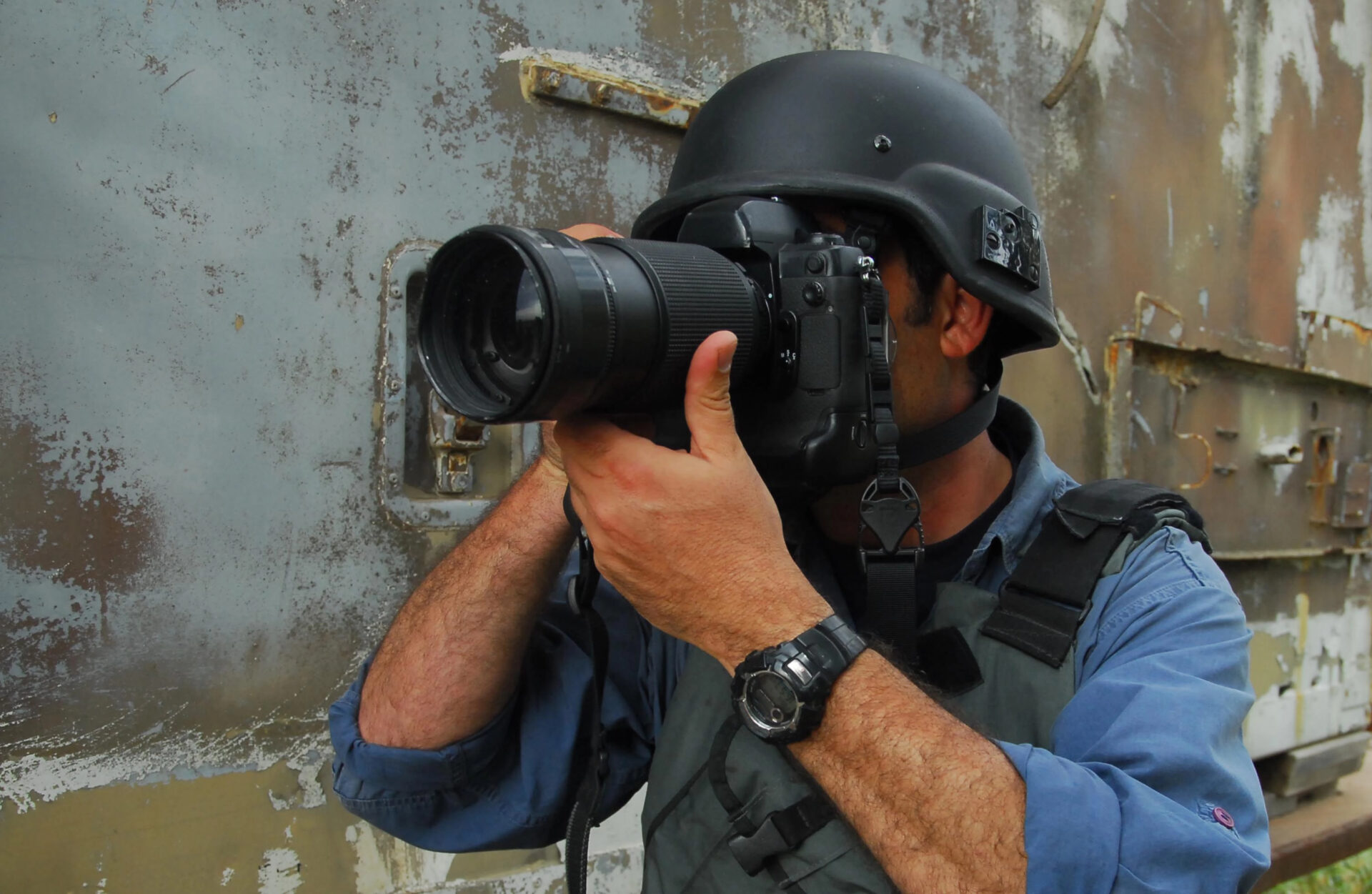
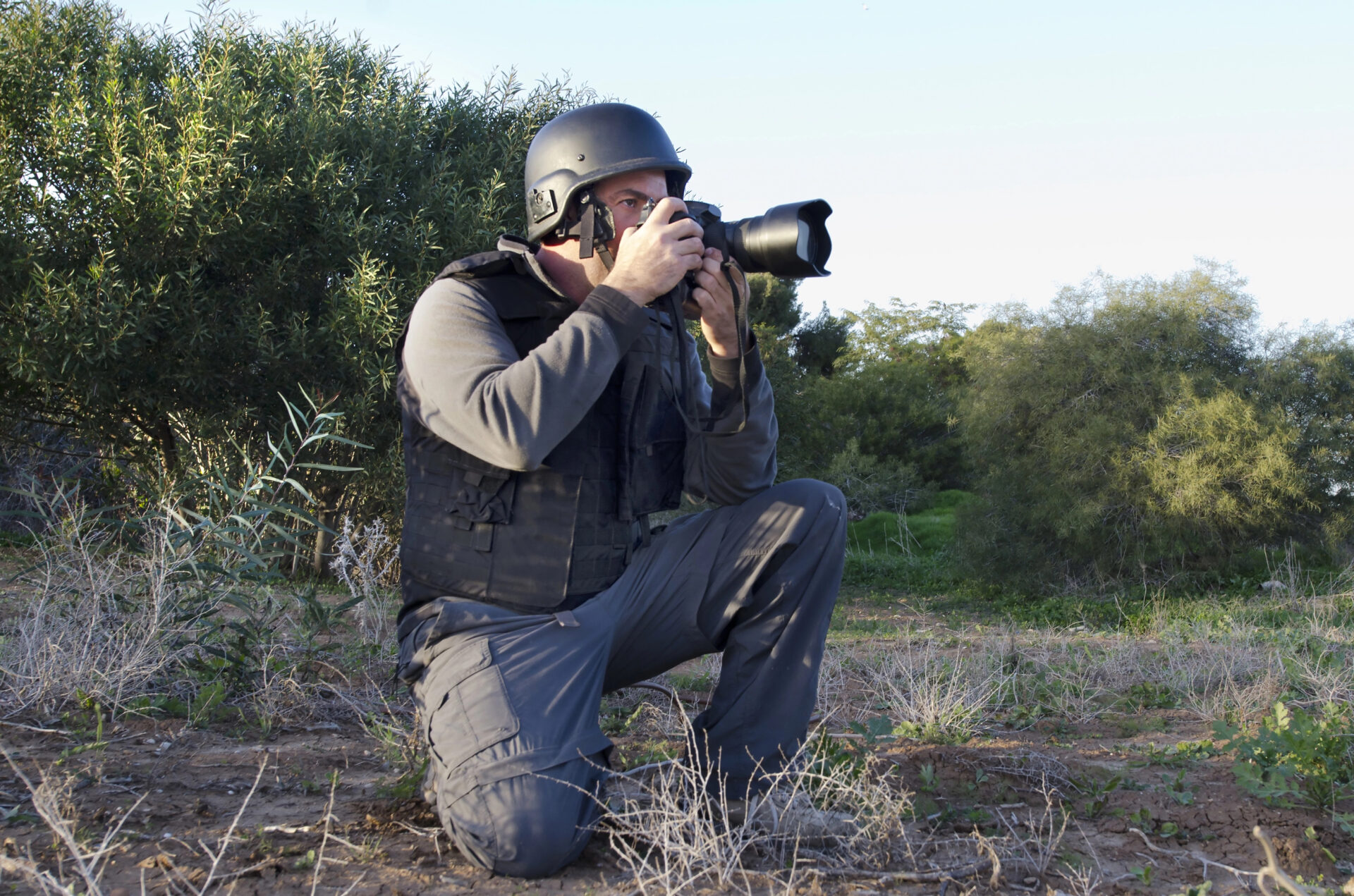
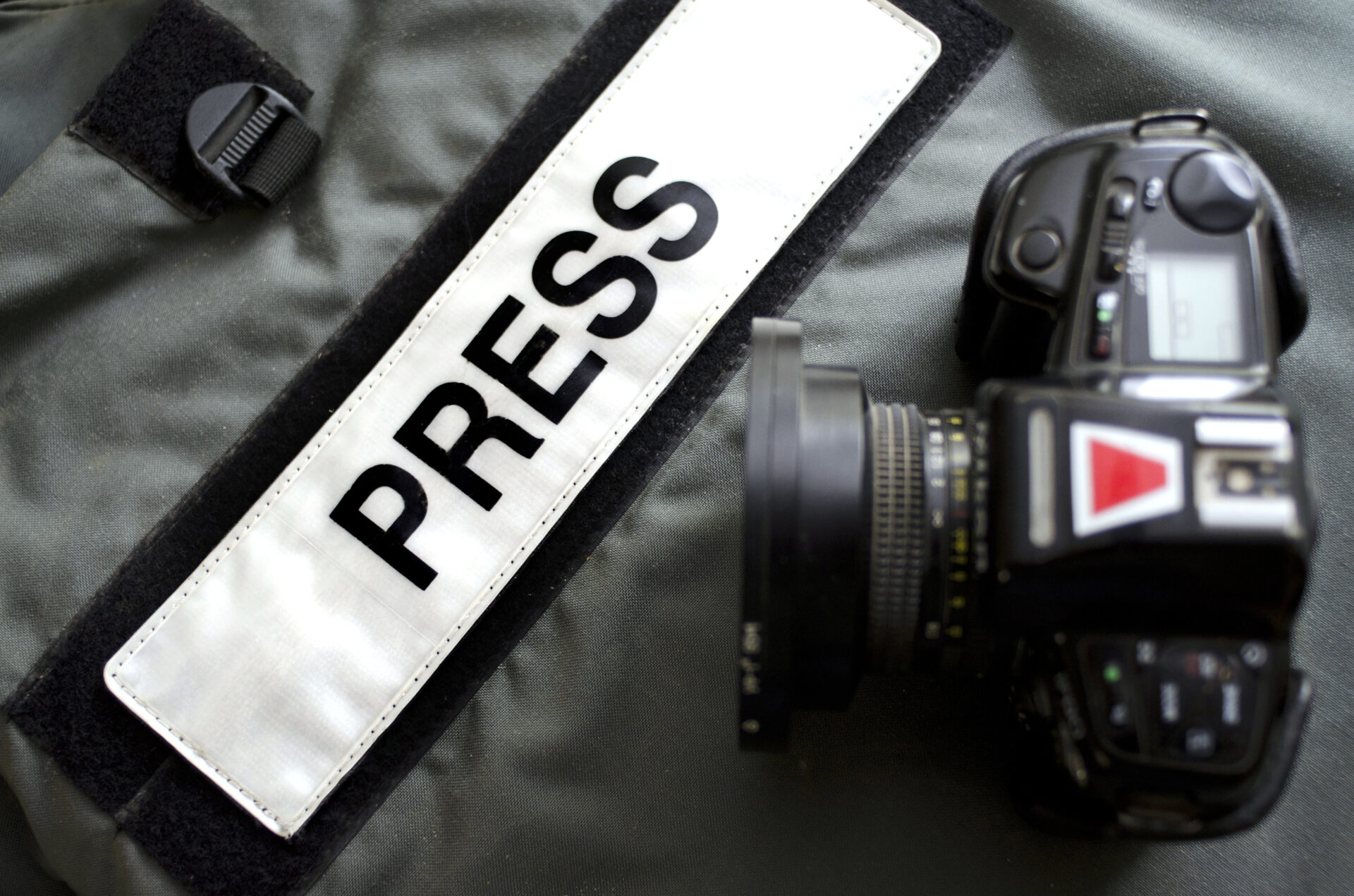
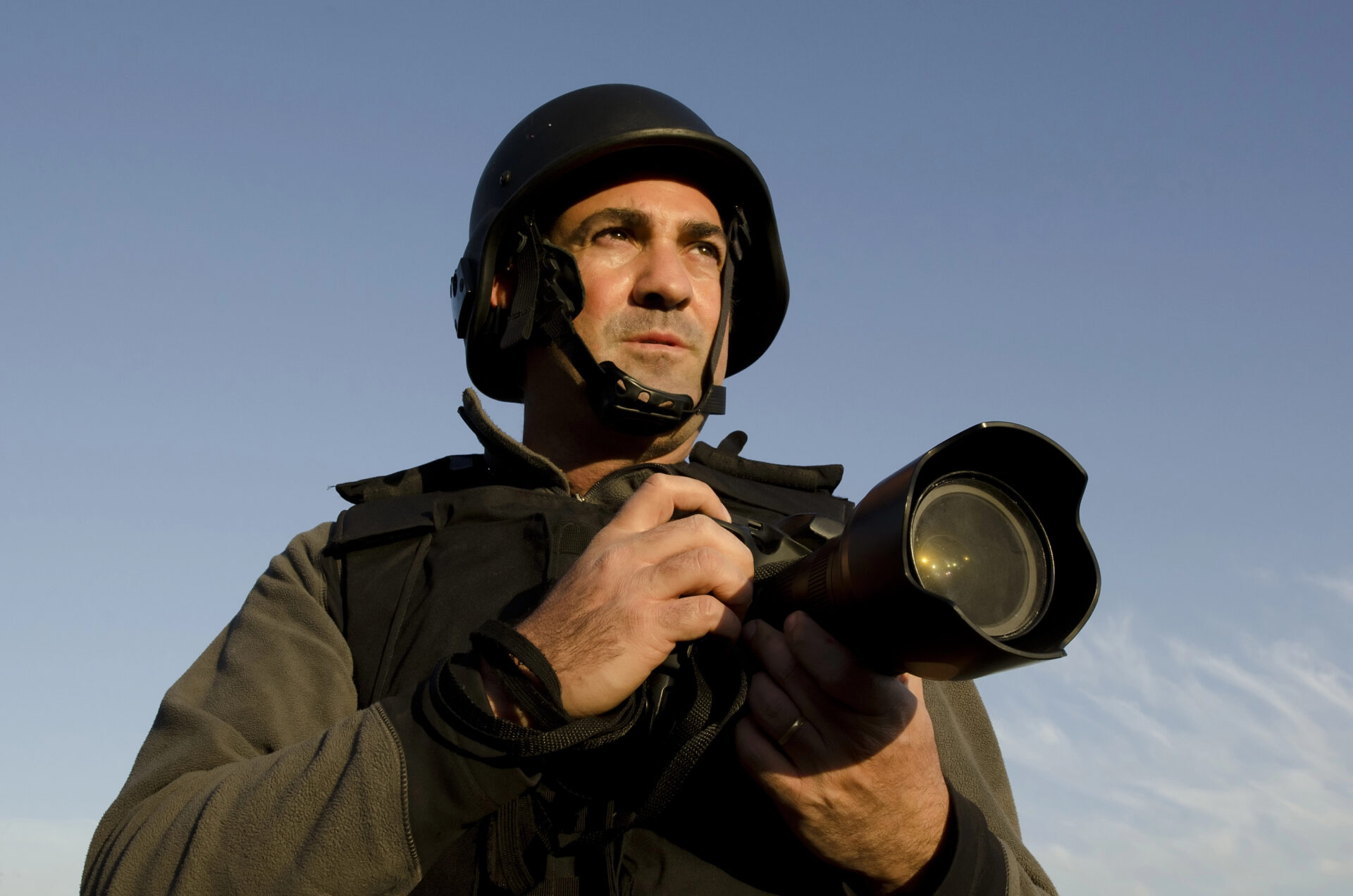

Why would anyone want to be a war photographer?
To answer the question, first we will need to learn what truly is war photography, and what makes a war photographer?
War photography involves photographing armed conflict and its effects on people and places.
A war photographer is a photojournalist who captures images of armed conflict and its impact on people and places. War photographers don’t necessarily work near active fighting, instead, they may document the aftermath of the conflict.
War photography history background:
The first official attempts at war photography were made by the British government at the start of the Crimean War, around the middle of the 19 century. The early war photographers weren’t able to create images of moving subjects, so instead they recorded more sedentary aspects of war, such as fortifications, soldiers, and land before and after battle along with the re-creation of action scenes.
Roger Fenton was the first official war photographer, and the first to attempt a methodic coverage of war for the benefit of the public. World War I was one of the first conflicts during which cameras were small enough to be carried by one person. In the 20th century, professional photographers started to use small film cameras when the Leica 1 camera was introduced, it was the first practical 35 mm camera that used standard cinema 35 mm film.
War photographers covered all the major modern time conflicts, and many were killed as a consequence. Some of the most famous war photographers are Robert Capa, Don McCullin, Nick Ut, James Nachtwey and Carolyn Cole.
My war photography experience:
Back in the early 2000s, I have been a photojournalist and war photographer in the Middle East for over a decade. My work often was involves documenting the human cost of war in Israel, including the suffering of Israeli civilians and the IDF (Israel Defence Forces) soldiers. I have documented the armed conflict between Israel and the Muslim Arab world surrounding it. I was an eye witness in the Israeli disengagement from the Gaza Strip in 2005 when the Israeli government dismantled all 21 Israeli settlements there and created refugee camps for the evacuated Israeli settlers.
I photographed hundreds of Palestinian rocket attacks, and they caused severe casualties and property damages. I have documented terror attacks on Israeli civilians and many Israeli military operations.
I documented the first day that the Israeli soldier, Gilad Shalit, was captured by Palestinian militants in 2006 during a cross-border raid via tunnels near the Israeli border. I captured his story until the day he returned back home in 2011 from captivity as part of a prisoner exchange deal. In 2006, I documented the Lebanon War between Hezbollah and Israel.
How war photography impacted me:
As a war photographer I faced significant risks, including physical danger and psychological trauma. Many times I have risked my life, when terrorists’ snipers shoot at me while documenting the wars. I have survived mortar shells and rocket attacks that were fired on military bases, local Israeli settlements, towns and cities. I have even been very nearly arrested by the Israel’s military police for photographing in a military exclusion zone (MEZ), and I have suffered as many war photographers like me, have suffered from post-traumatic stress disorder (PTSD), a mental health condition that can develop after experiencing or witnessing a traumatic event.
How to become a war photographer :
To become a war photographer, you will need to have very good photography skills. You will have to operate your camera gear in extreme situations and under severe mental and physical pressure conditions. You will also need to have photojournalism experience with journalistic knowledge along with a strong storytelling ability and the willingness to take on personal risk in the challenge of working in conflict war zones.
So why would anyone want to be a war photographer?
Simply put it this way, it’s thrilling and an adrenaline rushing profession, Its a very unique vocation, only a few jobs that have that kind of sense of a mission!
War photography by Rafael Ben Ari
